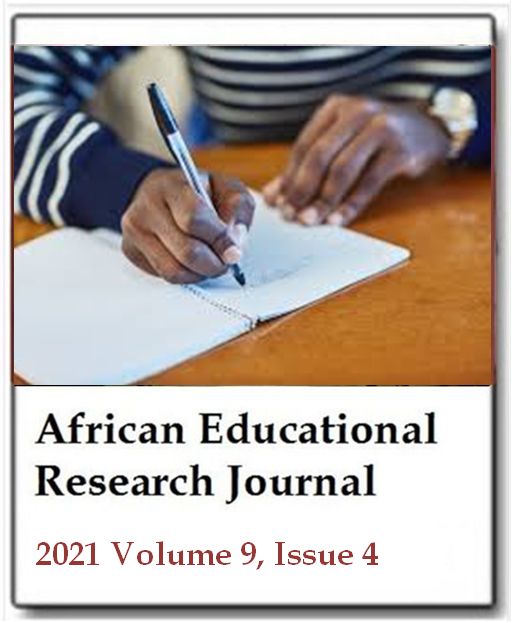A comparative study of SAM and ADDIE models in simulating STEM instruction
Clement Ayarebilla Ali, Sakinah Acquah and Kweku Esia-DonkohAfrican Educational Research Journal
Published: October 14 2021
Volume 852-859
DOI: https://doi.org/10.30918/AERJ.94.21.125
Abstract
The study compared exhaustively the Successive Approximation Model (SAM) and Analyze, Design, Develop, Implement and Evaluate (ADDIE) model on the teaching and learning of Science, Technology, Engineering and Mathematics subjects in Ghana. We selected a sample of 30 student-teachers who offered Mathematics and Science in the distance mode of the University of Education, Winneba, Ghana in the 2018/2019 academic year. The first stage of the analysis compared the models separately within the Vygotskian framework using pre-post experiemtal design. The second stage made comparisons between and within the two models. The results of both stages showed that student-teachers preferred mostly SAM to ADDIE instructional models. There were not only consistently higher mean gains in the latter model, but the group averages of student-teachers in the post-treatment results also demonstrated clear improvements. Again, student-teachers showed tremendous improvements in the conceptual understanding of both models. However, the Successive Approximation Model recorded much more improvements in both pre-treatment and post-treatment results. It was therefore imperative to conclude that the Successive Approximation Model was more properly situated in the context of teaching and learning Mathematics and Science. We, therefore, recommended experimental explorations of SAM for STEM.
Keywords: Comparative study, SAM, ADDIE, simulating STEM, Vygotskian theory.
Full Text PDFThis article is published under the terms of the Creative Commons Attribution License 4.0

